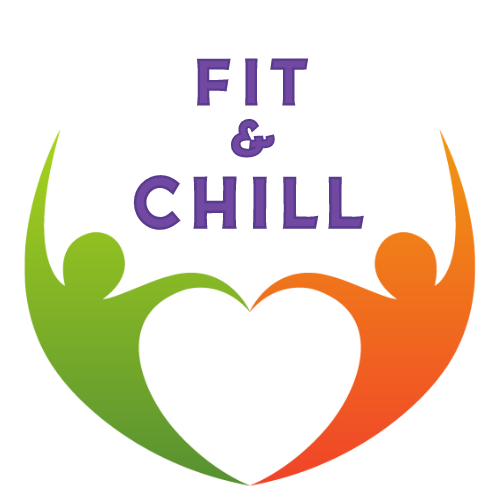Benefits of The Scissors Jump
- Lower Body Strength: “Scissors Jump” targets the muscles of the lower body, including the quadriceps, hamstrings, glutes, and calves, helping to strengthen and tone these muscle groups.
- Cardiovascular Endurance: The explosive and high-intensity nature of this plyometric exercise elevates the heart rate, providing cardiovascular benefits and improving endurance.
- Power and Explosiveness: Performing “Scissors Jump” helps develop power and explosiveness in the legs, which is beneficial for athletic performance and activities requiring quick bursts of energy.
- Agility and Coordination: The coordination required to perform the scissoring motion challenges agility and coordination, improving overall motor skills and movement efficiency.
- Calorie Burning: Due to its high intensity and engagement of multiple muscle groups, “Scissors Jump” is effective for burning calories and aiding in weight loss or weight management goals.
Tips for Beginners:
- Start Slow: Begin with a slower pace to focus on proper form and coordination before increasing speed or intensity.
- Focus on Control: Pay attention to maintaining control throughout the movement, avoiding swinging or jerking motions that can strain the muscles or joints.
- Engage Core: Keep your core muscles engaged throughout the exercise to stabilize your torso and maintain proper posture.
- Modify as Needed: If you have difficulty reaching your knee and elbow together, aim to bring them as close as possible without straining, and gradually work towards increasing flexibility and range of motion.
- Listen to Your Body: If you experience any discomfort or pain, reduce the intensity or take a break. It’s important to listen to your body and avoid overexertion.



Leave A Comment